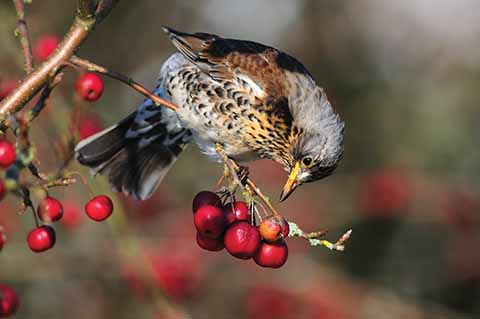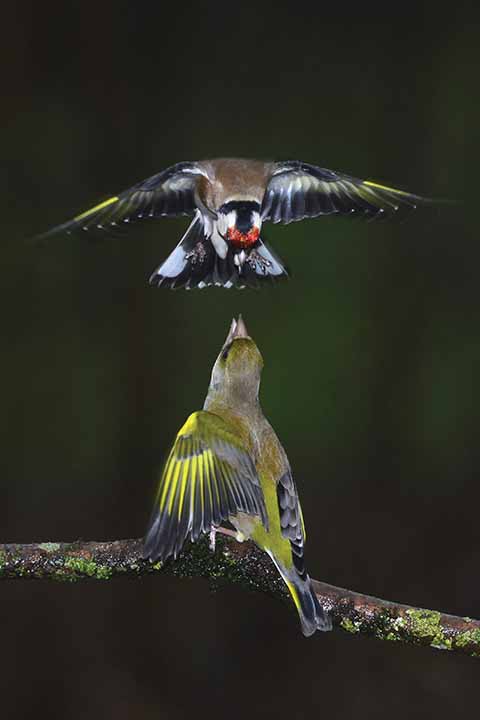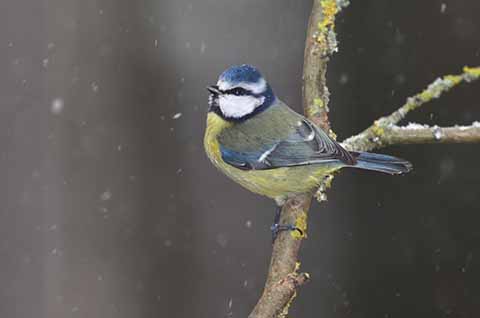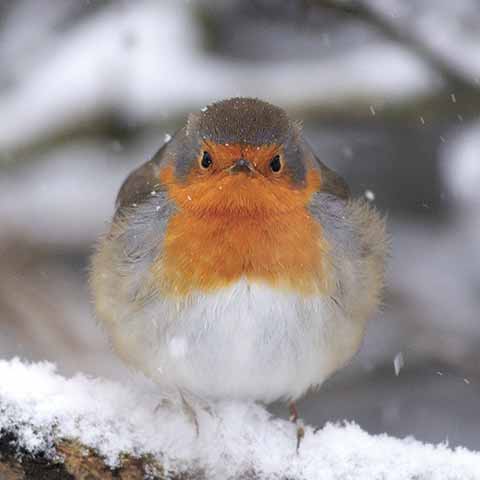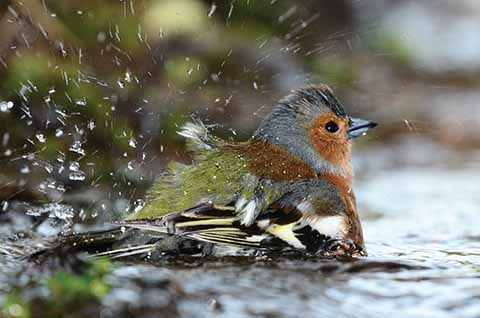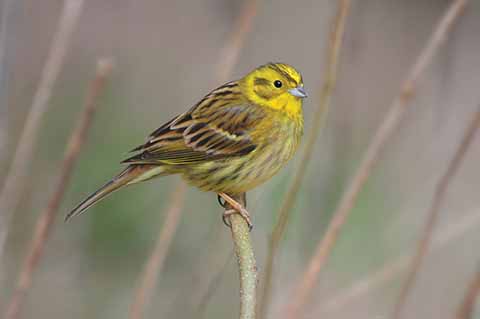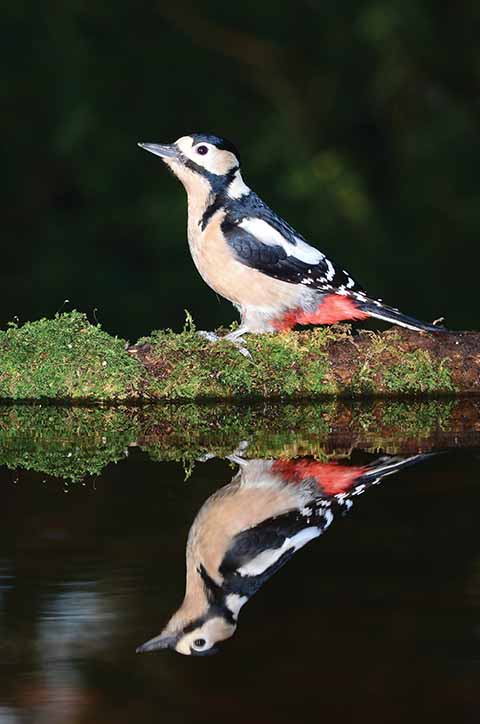Dorset garden birds in winter
Colin Varndell on the plight of our feathered friends in winter
Published in December ’19
THE DRAMATIC changes in the behaviour of garden birds at this time are driven by hunger and imminent darkness. The extreme imbalance between short days and very long, cold nights requires birds to feed intensely throughout the day in order to survive. Natural food resources in the wild have now dwindled, invertebrates have disappeared, hidden under leaf litter or behind tree bark, and the fruits of native shrubs and trees have already been consumed. At the same time, our resident bird population has been augmented by species like blackbird and starling, escaping the harsh winters of the north and east to take advantage of milder conditions here. These continental birds will have swelled the blackbird population, but evolution seems to have taught them to ignore each other during winter and several blackbirds may be seen feeding on the ground together.
Other species arrive, announcing their presence with contact calls like the rasping chuckle of fieldfares or the wispy cries of redwings. These are the winter thrushes, arriving here from Scandinavia. During mild winter weather, fieldfares will be foraging on farmland for earthworms, while flocks of redwings strip holly trees of their berries, often denuding trees of fruit long before the human demand for Christmas holly begins.
If temperatures fall to freezing point or below, then these winter thrushes take refuge in gardens and orchards to feed on berry-bearing shrubs and windfall apples. In extreme hard conditions, windfall apples become a vital food supply for these birds and pecking orders become established. The most usual pecking order under an apple tree will be dominated by the sturdy mistle thrush. Next in line are fieldfares and female blackbirds. Redwings and song thrushes are chased away by the more aggressive thrushes and are usually the last to feed on apples. In harsh conditions, it is not unusual to find numerous dead redwings.
Bramblings arrive in Dorset from eastern Europe in a biennial pattern, driven by a poor beechmast crop, which occurs every other year. These handsome finches readily come to garden bird-feeding stations and may be seen feeding with flocks of chaffinches on the ground.
Winter is particularly difficult for wrens as they feed exclusively on invertebrates. These plump little birds are incapable of storing much body fat, due to their small size and energetic feeding behaviour. The disadvantage of poor overnight energy resources is offset by several individuals roosting communally and huddling together for warmth, an adaptation to help them survive freezing conditions. Pied wagtails also roost in flocks at this time of year, often inside large buildings or under overhanging eaves. These birds can be seen gathering in Tesco car park in Dorchester and Morrisons in Bridport on December afternoons before going to roost.
Feeding wild birds in gardens has become a national pastime, reflected in the array of feeding devices and sacks of bird seed on display in garden centres and hardware stores. Supplementary high-protein food, offered regularly, helps small birds like tits and finches to build up fat reserves. Gangs of long-tailed tits readily come to fat balls, while sunflower hearts attract flocks of tits and finches. Greenfinches and goldfinches seem to spend more time arguing amongst themselves than they do feeding; often aerial fights break out between greenfinches and sometimes even between the two species. Coal tits habitually take food away from bird feeders to store elsewhere, accounting for the frequent visits of these tiny tits, followed by their absence for several days.
Garden bird-feeding stations have created unnatural targets for sparrowhawks and therefore act like magnets for them. This keenness for the hawk to attack songbirds at bird-feeders has brought it into conflict with humans. The bird is frequently blamed for the decline in songbird populations, but sparrowhawks catch the unwary, the slower, older and often sick individuals, thus leaving the genes of fitter birds to be passed on to future generations.
In addition to constant feeding, birds need to keep plumage in pristine condition for maximum insulation at night. This they do by bathing and preening at least once a day, if not more.
Birdsong in winter is sparse, with only those species holding winter territories needing to proclaim their holdings. Both male and female robins sing throughout early winter months as they occupy independent territories. This female song will cease by early February, when the birds have established their breeding relationships.
By the end of December, it is not unusual to hear the drilling sound of great spotted woodpeckers’ ‘drumming’ echoing from woods and hedgerows. These are male birds, hammering their beaks on favourite hollow boughs at the rate of eighteen hits per second.
